Ryan McGee - The Road to Omaha: Hits, Hopes, and History at the College World Series
Here you can read online Ryan McGee - The Road to Omaha: Hits, Hopes, and History at the College World Series full text of the book (entire story) in english for free. Download pdf and epub, get meaning, cover and reviews about this ebook. year: 2010, publisher: St. Martins Publishing Group, genre: Detective and thriller. Description of the work, (preface) as well as reviews are available. Best literature library LitArk.com created for fans of good reading and offers a wide selection of genres:
Romance novel
Science fiction
Adventure
Detective
Science
History
Home and family
Prose
Art
Politics
Computer
Non-fiction
Religion
Business
Children
Humor
Choose a favorite category and find really read worthwhile books. Enjoy immersion in the world of imagination, feel the emotions of the characters or learn something new for yourself, make an fascinating discovery.

- Book:The Road to Omaha: Hits, Hopes, and History at the College World Series
- Author:
- Publisher:St. Martins Publishing Group
- Genre:
- Year:2010
- Rating:5 / 5
- Favourites:Add to favourites
- Your mark:
The Road to Omaha: Hits, Hopes, and History at the College World Series: summary, description and annotation
We offer to read an annotation, description, summary or preface (depends on what the author of the book "The Road to Omaha: Hits, Hopes, and History at the College World Series" wrote himself). If you haven't found the necessary information about the book — write in the comments, we will try to find it.
In the spirit of Three Nights in August and The Last Night of the Yankee Dynasty, veteran sports writer Ryan McGee goes behind the scenes, into the stands, and onto the field to reveal an exciting yet personal look at one of the hottest sports championships in the countrythe College World Series.
Every summer, college baseball teams from around the nation come to Omaha, Nebraska, to play pure move-the-man-over, run-manufacturing baseball in a series thats part college bowl game, part county fair. In 2008, the ten-day, eight-team tournament was the scene of one of the greatest series in its illustrious history. And Ryan McGee puts the reader behind closed doors with the underdog champs, the Fresno State Bulldogs, as well as with their seven opponents, from the first batting practice session, to bus rides to the ballpark, to the locker room and the dugout. Its the CWS as few ever see it.
But The Road to Omaha goes far beyond the 2008 season. Its an in-depth look at the managing strategies and playing style of college baseball, as well as a series of profiles that examine the people behind and around the CWSthe players, coaches, and fans who keep that feeling of good-old-days innocence alive through their reverence for the Great American Pastime.
McGee also takes up residence at Rosenblatt Stadium itself, reliving its rich history and tapping into the electricity around it, from the tailgating fans to the surrounding neighborhoods. The Blatt is Americas last real connection to the baseball belief that Field of Dreams can actually happen: a wooden-framed ballpark with cramped concourses where teams share locker rooms, change clothes in the parking lot, and sign autographs for kids until their fingers cramp. The Blatt is a monument to traditionand the last of its kind to keep that tradition alive.
Thanks to Ryan McGees quick eye for play-by-play action, as well as his deep love for sports, The Road to Omaha is a rare glimpse into the kind of baseball our grandfathers knewa snapshot of the one of the last remaining vestiges of pure Americana: a hometown, baseball, and the people who shape it and are shaped by it in turn.
Ryan McGee: author's other books
Who wrote The Road to Omaha: Hits, Hopes, and History at the College World Series? Find out the surname, the name of the author of the book and a list of all author's works by series.

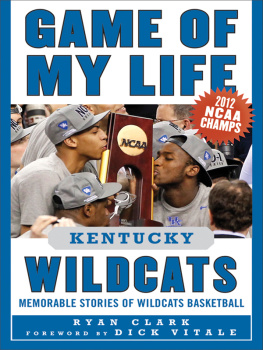

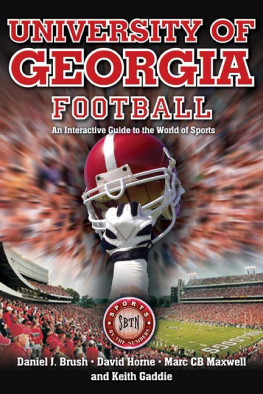
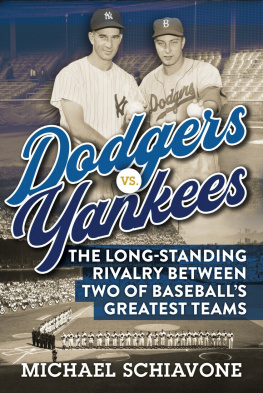
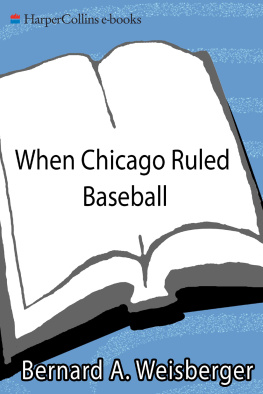
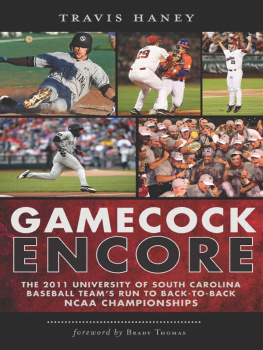
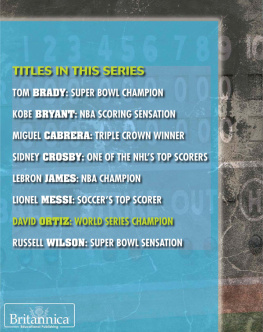
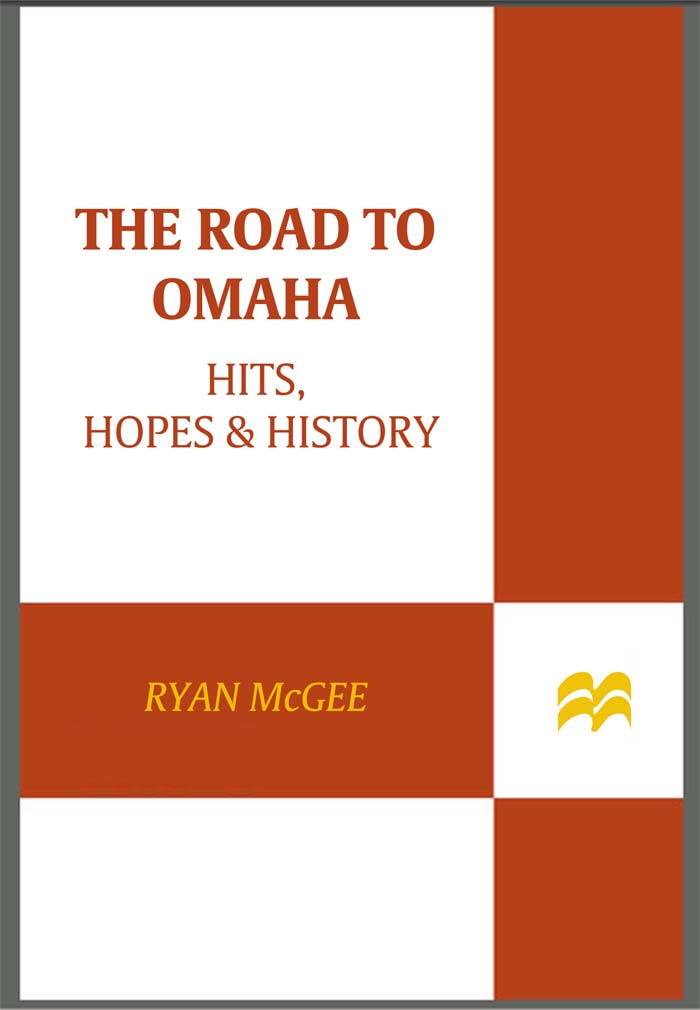
 | NEW YORK
| NEW YORK